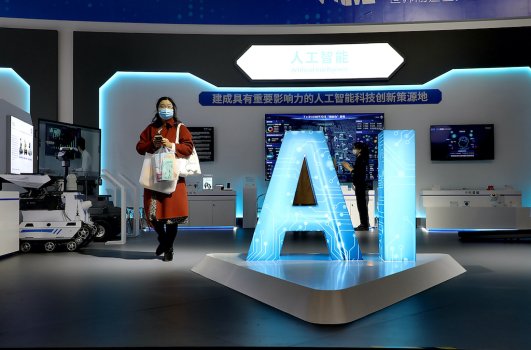6 Mistakes New Crypto Investors Are Making — And How To Avoid Them
- Technology Solutions
- 0 Replies
Exciting, risky and widely misunderstood, cryptocurrency has been the investment story of the last decade. But, with their fortunes falling in 2022, are Bitcoin and all of the digital tokens that came after still investments worth making?
According to a new GOBankingRates survey of more than 1,000 American adults, fewer than one in four people invest in cryptocurrency — and experts and industry watchers are seeing a lot of them making many of the same mistakes.
Here’s a look at some of the most common crypto-investing errors — and what you can do to avoid them.
Overestimating Its Complexity
Most of the 76.66% of people who don’t invest in crypto avoid the investment because they don’t understand it. It is, after all, highly complex — but the same could be said for the stock market.
“Blockchain and distributed ledger technology can be difficult to understand, but so are most traditional financial products,” said Harry Clynch, a writer for Disruption Banking, a crypto-focused online financial publication. “Trading Bitcoin is no more difficult than trading on foreign exchange markets, for example.”
Yes, crypto tech is complicated and unfamiliar — but so are the algorithms behind Facebook and Amazon, and you don’t need an advanced degree in computer science to subscribe to Prime or scroll your newsfeed.
“The internet as a technology is complex. However, no one needs to understand that complexity; they just need to be able to use it,” said Edson Ayllon, product manager for dHEDGE, a platform offering social asset management on the blockchain. “Crypto is the same in this way.”
Continue reading: https://www.gobankingrates.com/investing/crypto/mistakes-new-crypto-investors-are-making-how-to-avoid-them/
According to a new GOBankingRates survey of more than 1,000 American adults, fewer than one in four people invest in cryptocurrency — and experts and industry watchers are seeing a lot of them making many of the same mistakes.
Here’s a look at some of the most common crypto-investing errors — and what you can do to avoid them.
Overestimating Its Complexity
Most of the 76.66% of people who don’t invest in crypto avoid the investment because they don’t understand it. It is, after all, highly complex — but the same could be said for the stock market.
“Blockchain and distributed ledger technology can be difficult to understand, but so are most traditional financial products,” said Harry Clynch, a writer for Disruption Banking, a crypto-focused online financial publication. “Trading Bitcoin is no more difficult than trading on foreign exchange markets, for example.”
Yes, crypto tech is complicated and unfamiliar — but so are the algorithms behind Facebook and Amazon, and you don’t need an advanced degree in computer science to subscribe to Prime or scroll your newsfeed.
“The internet as a technology is complex. However, no one needs to understand that complexity; they just need to be able to use it,” said Edson Ayllon, product manager for dHEDGE, a platform offering social asset management on the blockchain. “Crypto is the same in this way.”
Continue reading: https://www.gobankingrates.com/investing/crypto/mistakes-new-crypto-investors-are-making-how-to-avoid-them/
























